Case Study 1
Streamlined Workflow with Automated Prepress and Printing Processes (Printing Services)
Challenges
Traditional printing workflows involve manual file handling, prepress checks, and machine operation, leading to inefficiencies and potential errors. Printing companies struggle to keep up with fast turnaround times and ensure consistent printing quality.

Solution
Printing companies can implement automation technology throughout their prepress and printing processes. Automated software can handle tasks like file format conversion, preflighting for errors, and color correction. Printing machines can be equipped with automated feeding systems, color calibration tools, and double-sided printing capabilities. These automated processes are controlled by a central workflow management system.

Benefits
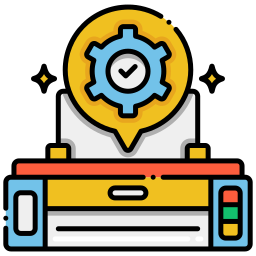
Faster turnaround times due to automation of prepress tasks and efficient printing operations.
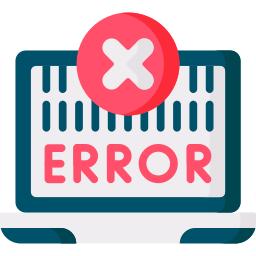
Reduced errors and improved print quality through automated preflighting and color calibration.

Minimized manual labor costs and increased operational efficiency.

Increased capacity to handle large print jobs and meet tight deadlines.
Case Study 2
On-Demand Printing with Self-Service Kiosks and Online Ordering Platforms (Printing Services)
Challenge
Traditional printing services require customers to visit physical locations and wait for orders, limiting convenience and accessibility. Printing companies struggle to meet the growing demand for on-demand printing with faster turnaround times.

Solution
Printing companies can implement self-service printing kiosks in high-traffic areas like universities or office buildings. These kiosks can connect to customer devices wirelessly or via USB, allowing users to upload files, configure print settings, and submit orders for on-demand printing. Additionally, online ordering platforms can be developed with user-friendly interfaces for submitting print jobs from anywhere with an internet connection.

Benefits

Increased customer convenience and accessibility with self-service printing options and online ordering.

Reduced wait times and improved customer satisfaction through on-demand printing capabilities.

Increased revenue potential through additional printing services offered on self-service kiosks or online platforms.
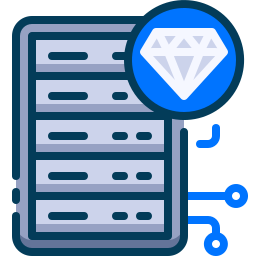
Valuable data insights into customer preferences and printing habits for future service optimization.
Case Study 3
Inventory Management and Order Replenishment with Automated Systems (Printing Services & Supply Chain)
Challenge
Traditional inventory management relies on manual stock checks and forecasting, potentially leading to stockouts or overstocking of printing materials. Printing companies struggle to maintain optimal inventory levels and minimize the risk of production delays.

Solution
Printing companies can implement automated inventory management systems. These systems can be integrated with printing machines and track paper stock levels in real-time. When inventory falls below a predefined threshold, the system can automatically generate purchase orders for new supplies. Additionally, these systems can analyze historical usage data and forecast future printing needs for proactive inventory replenishment.
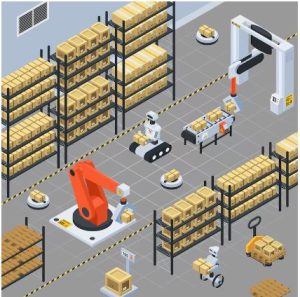
Benefits

Reduced risk of stockouts and production delays through automated inventory management and replenishment.
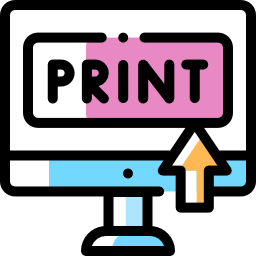
Minimized waste due to overstocking of printing materials.
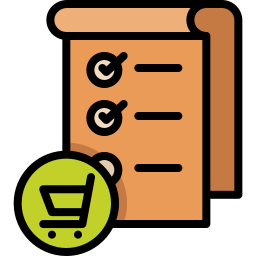
Improved cost control by optimizing inventory levels and ensuring timely purchases.
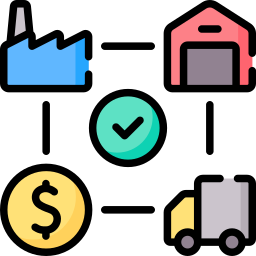
Streamlined operation and increased efficiency in the printing supply chain.
These cases highlight how printing companies can leverage automation technology to address various challenges in their workflows, customer service, and supply chain management. By implementing automation solutions, printing companies can improve efficiency, reduce costs, meet customer demands more effectively, and stay competitive in a changing market.
